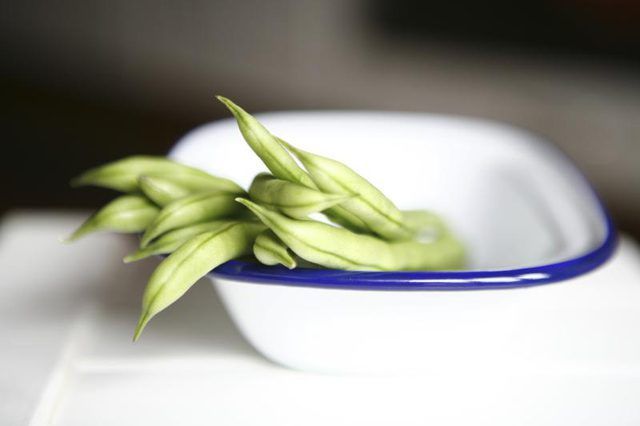Bulbs
Flower Basics
Flower Beds & Specialty Gardens
Flower Garden
Garden Furniture
Garden Gnomes
Garden Seeds
Garden Sheds
Garden Statues
Garden Tools & Supplies
Gardening Basics
Green & Organic
Groundcovers & Vines
Growing Annuals
Growing Basil
Growing Beans
Growing Berries
Growing Blueberries
Growing Cactus
Growing Corn
Growing Cotton
Growing Edibles
Growing Flowers
Growing Garlic
Growing Grapes
Growing Grass
Growing Herbs
Growing Jasmine
Growing Mint
Growing Mushrooms
Orchids
Growing Peanuts
Growing Perennials
Growing Plants
Growing Rosemary
Growing Roses
Growing Strawberries
Growing Sunflowers
Growing Thyme
Growing Tomatoes
Growing Tulips
Growing Vegetables
Herb Basics
Herb Garden
Indoor Growing
Landscaping Basics
Landscaping Patios
Landscaping Plants
Landscaping Shrubs
Landscaping Trees
Landscaping Walks & Pathways
Lawn Basics
Lawn Maintenance
Lawn Mowers
Lawn Ornaments
Lawn Planting
Lawn Tools
Outdoor Growing
Overall Landscape Planning
Pests, Weeds & Problems
Plant Basics
Rock Garden
Rose Garden
Shrubs
Soil
Specialty Gardens
Trees
Vegetable Garden
Yard Maintenance
How to Grow Pole Beans
How to Grow Pole Beans. One of the giants of the vegetable garden, annual pole beans (Phaseolus vulgaris) grow 5 to 10 feet tall or taller and need substantial support such as a trellis or stakes. The large-leaved vines have an ornamental aspect, and some varieties have colorful yellow or purple pods. Compared to bush beans, pole beans have a...

One of the giants of the vegetable garden, annual pole beans (Phaseolus vulgaris) grow 5 to 10 feet tall or taller and need substantial support such as a trellis or stakes. The large-leaved vines have an ornamental aspect, and some varieties have colorful yellow or purple pods. Compared to bush beans, pole beans have a higher yield over a longer period and have a distinctive, rather nutty taste. Pole bean varieties include "Romano Italian," "Kentucky Wonder" and "Kentucky Blue," as well as heirloom varieties.
Soil and Spacing
Well-drained, deeply worked, loose soil works best for pole beans. Prepare the garden area by digging and loosening the soil. Add compost to enrich and lighten soil. Plant pole bean seeds directly into the garden rather than starting them in pots, since they don't transplant well. Determine the location for the vines, placing them where they won't shade out other garden plants. Put stakes or other support systems in place before sowing the seeds. Plant pole beans about 1 inch deep and 2 to 4 inches apart in hills or rows. Put four to six seeds at the base of a stake for hills. For rows, put a trellis behind each row and space rows 4 to 5 feet apart.
Water Requirements
Keep pole beans evenly moist during the growing season. When it doesn't rain, supply water at the rate of about 1 inch per week; avoid wetting the foliage so disease doesn't develop. Start mulching the beans when they have two sets of true leaves to conserve soil moisture. Use several inches of materials such as grass clippings, composted leaves or straw.
Light and Temperature
For best yield, locate pole beans in full sun. They'll tolerate partial shade but won't form as many pods. The temperature needs to be at least 70 to 80 degrees Fahrenheit for good seed germination. Beans prefer cooler temperatures to grow well, and pod set decreases when temperatures rise above 90 degrees F.
Fertilizer Needs
Like other members of the legume family, pole beans have rhizobium root bacteria that fix nitrogen, making it unnecessary to add nitrogen fertilizers. If beans haven't been grown in your garden before, you may want to dust the seeds with a powder containing rhizobium bacteria before you plant them to ensure better growth.
Special Considerations
Pole beans have brittle stems, so take care when harvesting the pods not to break or injure the vines. Keep weeds under control by frequent, shallow cultivation while weeds are still young. Pole beans continue to bear pods all season long. Harvest the pods on a regular basis so the vines won't stop setting pods.